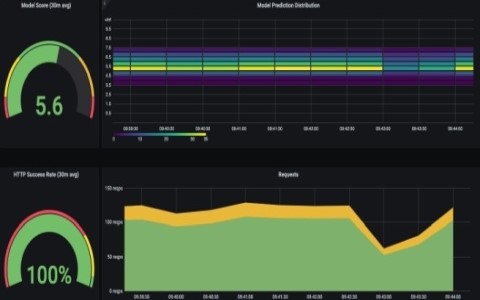Independent machine learning model testing involves evaluating the performance of a trained model on a completely separate dataset that was not used for training or validation. The goal of independent testing is to estimate the performance of the model on new, unseen data, and to ensure that the model is generalizing well and to identify any issues or errors in the model.
The process of independent testing typically involves obtaining a new dataset that is similar to the original dataset but is completely separate from it. The model is then applied to this new dataset, and its performance is evaluated using the same metrics that were used during validation. Independent testing can help to identify issues with the model that may not have been caught during validation, such as overfitting or bias.
Independent testing is an important step in the machine learning development process, as it provides an objective assessment of the model's performance and ensures that it is robust and reliable. It is especially important when the model is being deployed in a real-world setting, where it will encounter new, unseen data.
It is important to note that independent testing should not be used as a substitute for proper validation during model development. Validation is an iterative process that helps to fine-tune the model and ensure that it is generalizing well to the training data. Independent testing should only be performed after validation is complete and the model is considered to be production-ready.
There are several techniques that can be used for machine learning model testing, including:
Holdout Testing: This involves splitting the dataset into training and testing sets, where the training set is used to train the model and the testing set is used to evaluate its performance. The performance metrics such as accuracy, precision, recall, F1-score, and confusion matrix are calculated on the testing set.
Cross-Validation: This involves dividing the dataset into k-folds, where k-1 folds are used for training the model and the remaining fold is used for testing. This process is repeated k times with each fold used for testing exactly once. The final performance metric is the average of the metrics obtained from all folds.
Bootstrapping: This involves resampling the dataset with replacement to create multiple samples, each of which is used for training and testing the model. The average performance metric is calculated over all resamples.
A/B Testing: This involves comparing the performance of two or more models on the same dataset to identify the best performing model.
The performance metrics used for machine learning model testing depend on the type of problem being solved. For example, for classification problems, metrics like accuracy, precision, recall, F1-score, and the confusion matrix are commonly used. For regression problems, metrics like mean squared error, root mean squared error, mean absolute error, and R-squared are commonly used.
Overall, machine learning model testing is an essential step in the machine learning process to ensure that the model performs well on new data and to identify any issues that need to be addressed before deploying the model in production.
We have a pool of experienced Engineers and Managers. We take care of your Independent ML Model Testing challenges. We setup your teams for you. Be it Project Consultancy, Agile Team Management, Software Testing, Machine Learning Models, Product Development or just simple software development. We provide A-Z of Data Science SDLC services, the complete package.
Having the working background from DevOps, Automation and as Solution Architect, we will streamline all your Data Science processes.
Our hourly rate ranges between $15 - $60 per hour for project based work.Our primary focus is all Data Science related areas namely AI, BI, Big Data and ML.
We're happy to provide you with more details about our Consultancy Services. Let one of our representative get back to you.
Building Competent Teams Across 15 Different Areas. Check our website for full details or drop us a query















